- Downloaded
- 20 GB
- Uploaded
- 22.5 TB
- Ratio
- 1147.7
- Seedbonus
- 177,902
- Upload Count
- 0 (0)
Member for 7 years
Microsoft Azure DevOps Server 2020 Update 1.2 - TeamOS


Description:
Azure DevOps provides developer services for allowing teams to plan work, collaborate on code development, and build and deploy applications. Azure DevOps supports a collaborative culture and set of processes that bring together developers, project managers, and contributors to develop software. It allows organizations to create and improve products at a faster pace than they can with traditional software development approaches.
Azure DevOps provides integrated features that you can access through your web browser or IDE client. You can use one or more of the following standalone services based on your business needs:
- Azure Repos
provides Git repositories or Team Foundation Version Control (TFVC) for source control of your code. - Azure Pipelines
provides build and release services to support continuous integration and delivery of your applications. - Azure Boards
delivers a suite of Agile tools to support planning and tracking work, code defects, and issues using Kanban and Scrum methods. - Azure Test
Plans provides several tools to test your apps, including manual/exploratory testing and continuous testing. - Azure Artifacts
allows teams to share packages such as Maven, npm, NuGet, and more from public and private sources and integrate package sharing into your pipelines.
- Customizable team dashboards with configurable widgets to share information, progress, and trends
- Built-in wikis for sharing information
- Configurable notifications
- Azure DevOps supports adding extensions and integrating with other popular services, such as: Campfire, Slack, Trello, UserVoice, and more, and developing your own custom extensions.
There are two editions of Azure DevOps Server as follows:
Azure DevOps Server (this one) allows you to self host the same modern dev services available in Azure DevOps, including Boards (planning and tracking), Pipelines (CI/CD), Repos (Git repositories and centralized version control), Test Plans (manual and exploratory testing), Artifacts (package management and pipeline artifacts), and more.
Although the installation of this edition is freely available at Microsoft website, it will come with the 90-days free trial period, which requires a valid server license for activation. The installation I provided here however, is provided for a member of Microsoft Visual Studio subscriptions (MSDN) and therefore no license activation required.
Azure DevOps Server Express is free, simple to set up on both client and server operating systems, and supports all the same features as Azure DevOps Server. The only difference is that it is limited by licensing agreements to five or fewer active users. This version is free to download and install at Microsoft website.
The installation I provided here is Microsoft Azure DevOps Server 2020 Update 1.2 (2020.1.2), released on May 17, 2022, which is the latest release of Azure DevOps Server at the moment. This is a multi-language file that supports the following languages: Chinese-Simplified, Chinese-Traditional, German, English, Spanish, French, Italian, Japanese, Korean, and Russian. Also, I have already extracted the entire installation files from the original ISO and repack again with TeamOS files from the
You must be registered for see links
. Other than that, the installation files are remain untouched.System Requirement & Prerequisite:
User who are looking to use Azure DevOps Server must have some managements and configuration knowledges of Microsoft Windows Server, Microsoft SQL Server and any relating technologies and must know what features they are intended to use, which I am not capable to provide the full detailed here. A comprehensive system requirement, environment prerequisite, installation and configuration guideline for Azure DevOps Server is already available on Microsoft documentation website, so please do search on Google.
Anyway, below is the summary of system requirement & prerequisite
Hardware requirement for a single-server deployment
A single-server deployment consists of a single machine with one dual-core processor, 4 GB of RAM, and a fast hard-disk drive. For Elastic Search, you should use two dual-core processors and 8 GB of RAM. This configuration typically supports up to 250 users of core source control (Team Foundation Version Control or Git) and work item tracking functionality. Extensive use of automated build, test, or release likely will cause performance issues. We don't recommend use of search or reporting features for this configuration.
When you scale up a single server, the server can handle a larger number of users and an increased use of automated build, test, or release. A scaled-up server can also use search or reporting features. For example, increasing RAM to 8 GB should enable a single-server deployment to scale up to 500 users.
For evaluation or personal use, you can use a basic configuration with as little as 2 GB of RAM. This configuration isn't recommended for a production server that's used by more than one person.
Hardware requirement for multi-server deployments
The following scenarios might require a multiple-server deployment:
- Scaling beyond 500 users
- Extensive use of automated build, test, or release
- Using Code Search
- Using reporting features
- For a team of more than 500 users, consider the following setup:
A data tier with one quad-core processor, 16 GB of memory, and high-performance storage, such as an SSD.
For a team of more than 2,000 users, consider the following setup:
An application tier with one quad-core processor, 16 GB or more of memory, and a fast hard-disk drive.
A data tier with two or more quad-core processors, 16 GB or more of memory, and advanced high-performance storage, like an SSD or high-performance SAN.
If you plan to use build, test, or release automation extensively, we recommend that you use higher-spec application and data tiers to avoid performance issues. For example, a team of 250 might use a multiple-server deployment that is more in line with the recommendations for a team of 500 to 2,000 users. We also recommend that you monitor your automated processes to ensure that they are efficient. For example, retrieve data from source control incrementally during builds whenever possible instead of fully refreshing with each build.
If you plan to use Code Search, we recommend that you set up a separate server for Code Search.
If you plan to use reporting features, we recommend that you set up a separate server for your warehouse database and SQL Server Analysis Services cube. Another option is to use a higher-spec data tier.
If you want to guarantee high availability, consider using multiple application tiers behind a load balancer and multiple SQL Server instances. In this scenario, we recommend that you put your Azure DevOps databases in an Always On Availability Group.
Operating systems requirement
Azure DevOps Server 2020 supports Windows Server 2019, Windows Server 2016, Windows 10 (Enterprise) Version 1803 and Windows 10 (Professional, Enterprise) 1809 or later. Operating System must be 64-bit. (x64)
Although you can install Azure DevOps Server on client operating systems, we don't recommend client operating system installation except for evaluation purposes or personal use. You can't activate Azure DevOps Server Proxy feature on client operating systems.
Azure SQL Database and SQL Server requirement
Because Azure DevOps Server is an on-premises deployments, it would required some version of Microsoft SQL Server. Azure DevOps Server supports Express, Standard, and Enterprise SQL Server editions. The Express edition is recommended only for evaluation purposes, personal use, or for very small teams. We recommend the SQL Server Standard or Enterprise versions for all other scenarios. If you are intended to use Express edition of Microsoft SQL Server, consider using Azure DevOps Server Express instead.
For production deployments, use one of the following versions of SQL Server:
- Azure SQL Database
- SQL Server 2019
- SQL Server 2017
- SQL Server 2016 (minimum SP1)
For more information about system requirement and prerequisite, visit Azure DevOps Server on Microsoft Documentation Website under topic "Requirements for Azure DevOps on-premises".
Installation Instruction:
You have several choices in how to deploy Azure DevOps Server. You can install everything on a single server. Or, you can use multiple application tiers and SQL instances.
Deployment choices
Single server: A single-server deployment is the easiest deployment because the application-tier and data-tier are on the same machine. Choose this deployment when support a single team or small set of teams.
Dual servers: A dual-server deployment, with separate application and data-tiers, can provide better performance for larger set of teams and to support teams which have above average usage.
Multiple servers: Choose this type of deployment, which involves multiple application and data tiers, to provide better performance for very large teams and teams with very heavy usage. By using more than one server, you improve high availability and disaster recovery ability.
It will be very long and complex thread to cover every installation scenarios, so I will cover briefly only on a single server scenario, which is the one that I'm currently using on my actual work. Again, a detailed explanation is already available at Microsoft Documentation under the "Install and configure Azure DevOps on-premises" topic. So please do your search again.
- Make sure that you already have all hardware, software and environment prerequisite.
- If this is an upgrade from the previous version of Azure DevOps Server (or formerly Team Foundation Server), please make sure that you follow the valid upgrade paths. For more information, see "Upgrade your deployment to the latest version of Azure DevOps Server" topic on Microsoft documentation website.
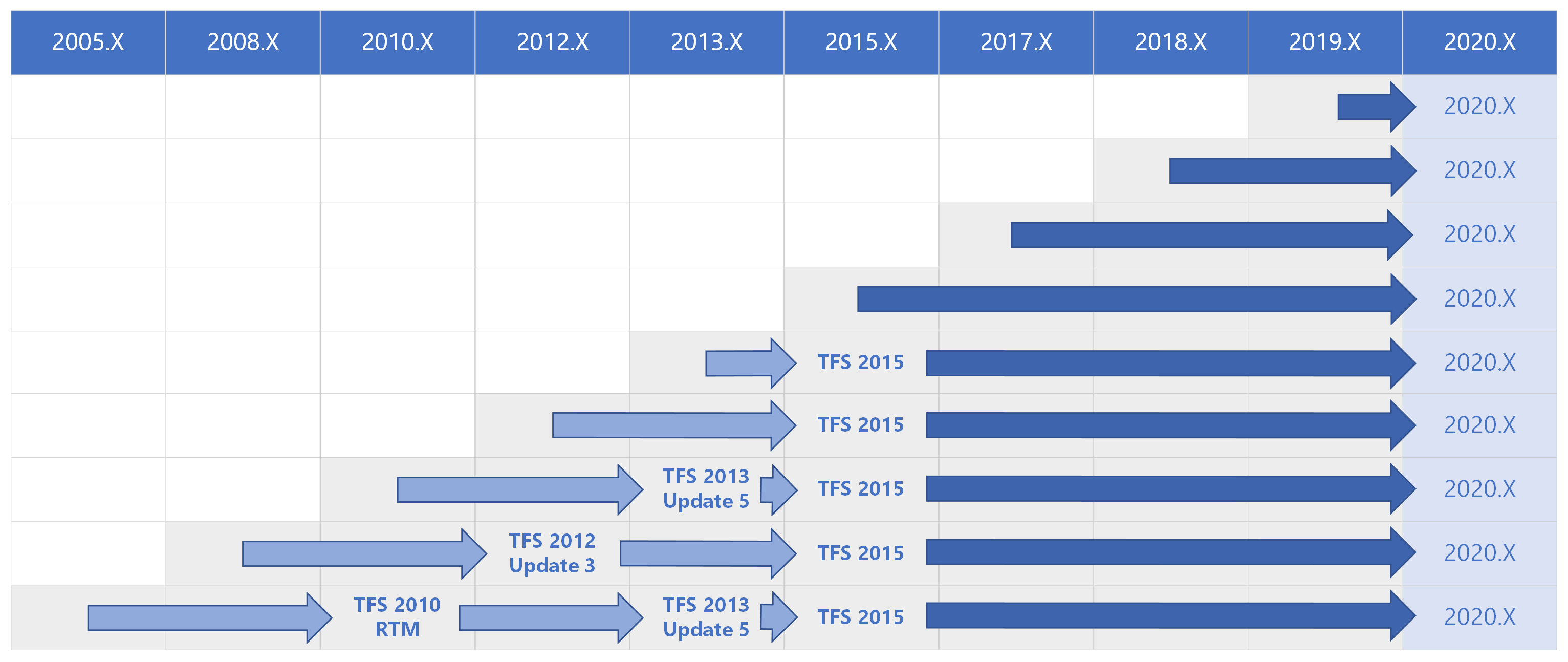
- Download the archived installation files, extract the files and start setup.
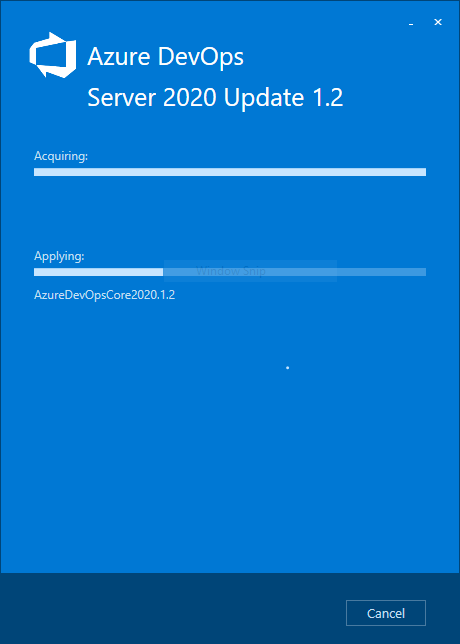
- Follow the on-screen configuration wizard. For more information, visit the "Install on a single server" topic on Microsoft Azure DevOps server 2020 documentation.
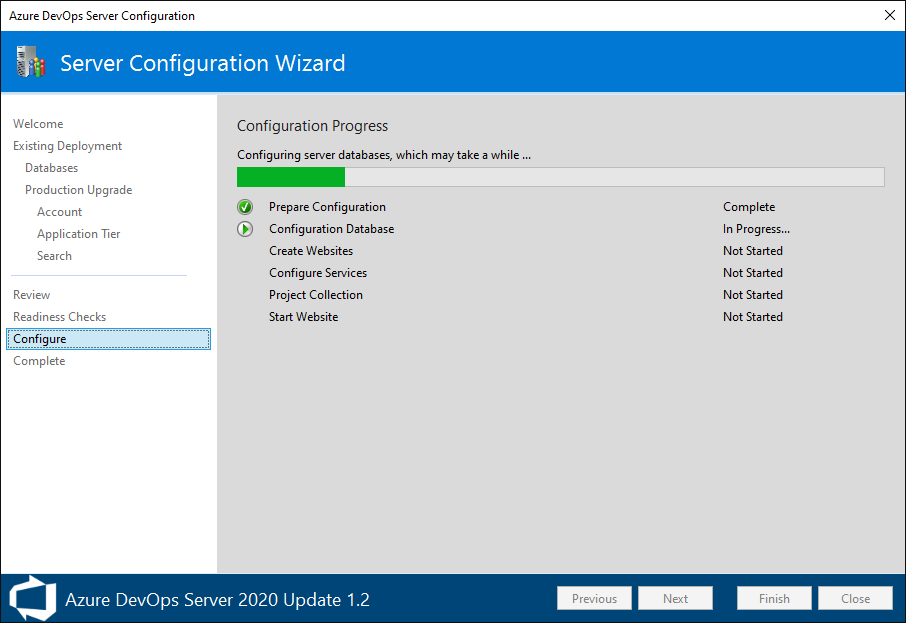
- Azure DevOps Server 2020 Update 1.2 is now ready to use and manage.
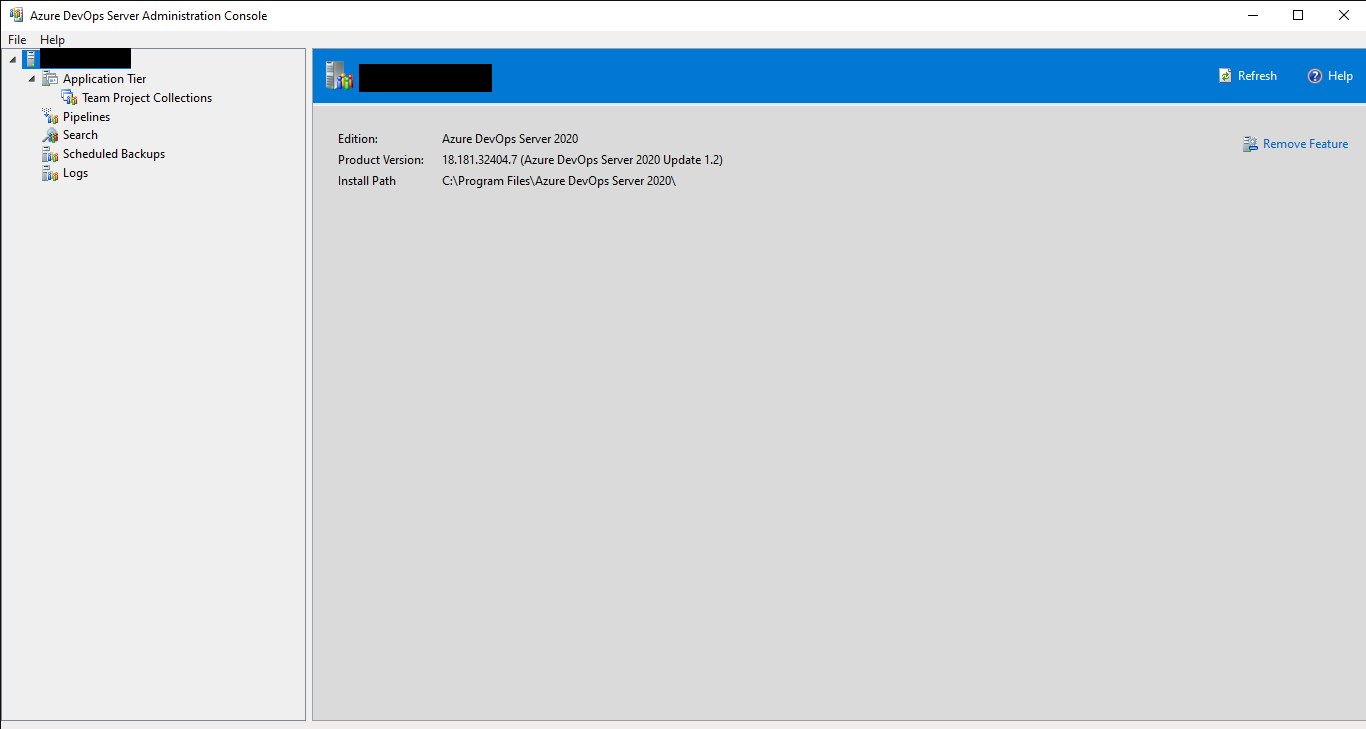

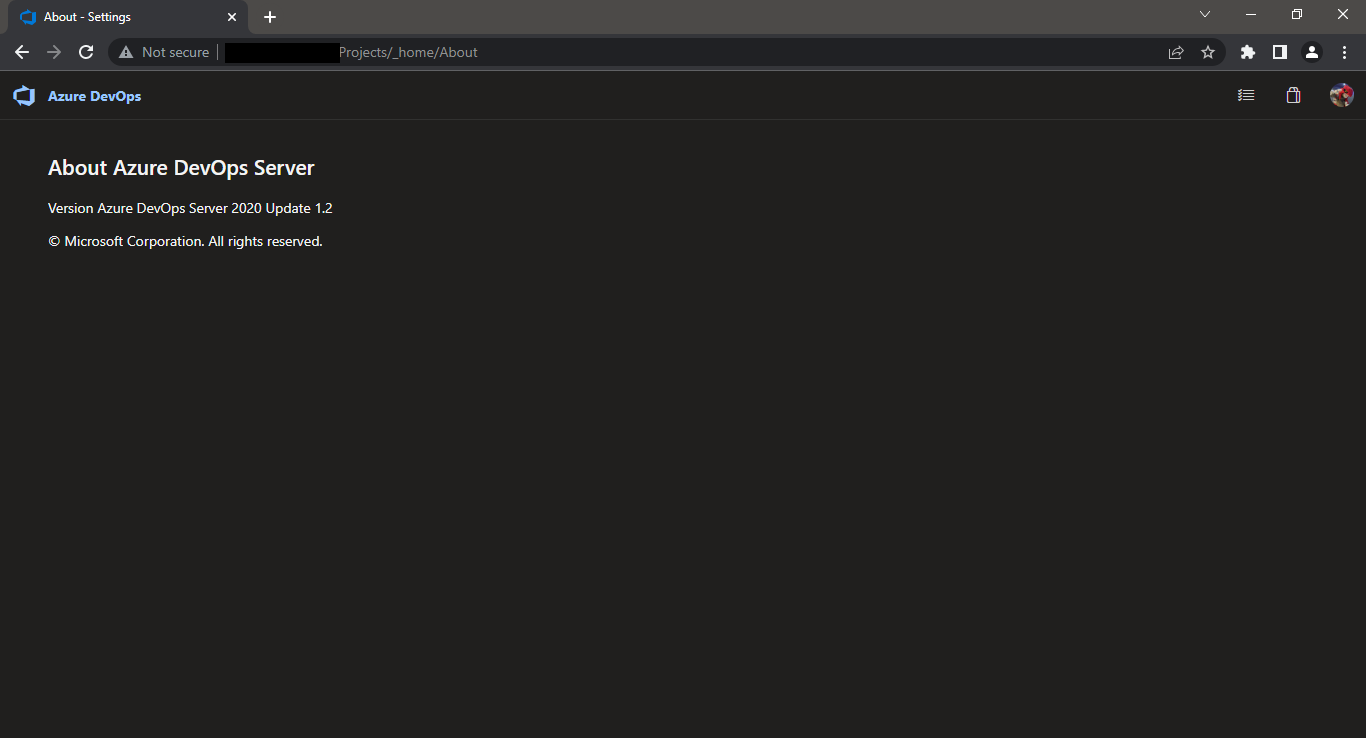
Download the installation via the following links:
You must be registered for see links
You must be registered for see links
File Size: 1.41 GB
(Edit: June 16, 2022) No password required to extract this file anymore. But for anyone who have downloaded this file before that, please kindly use this password to extract the zip file: Foolboy_TeamOS
Feel free to contact me if you encounter any licensing issue during the installation or dead download link. Other than that, I'm not the expert user of this software. Please kindly visit Azure DevOps Server Documentation on Microsoft website if you have any usage question but you may also ask me, although I cannot guarantee that I can answer that question.
This is my first time to post a software sharing thread on this community and I've tried my best to follow the
You must be registered for see links
. Please accept my apologies for any mistake.Thank you in advance for your interest and enjoy using this software.
Last edited:
